Js

js
More Posts from Oursj-p and Others

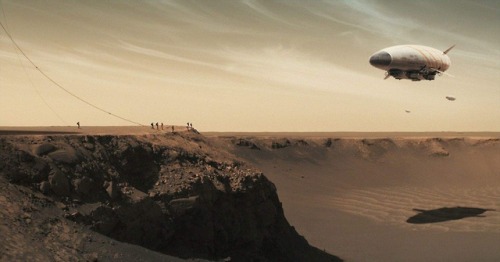
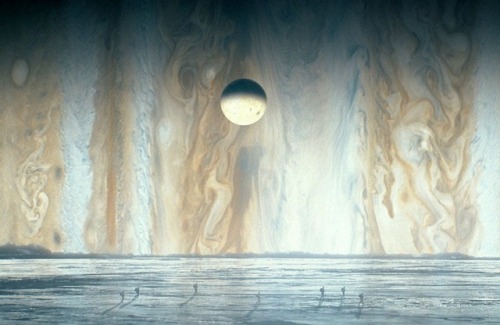

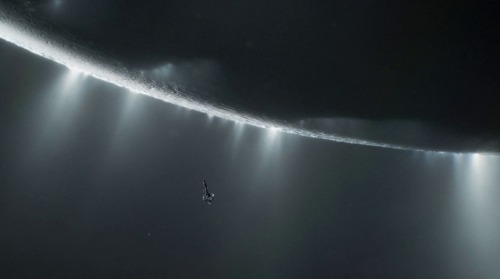
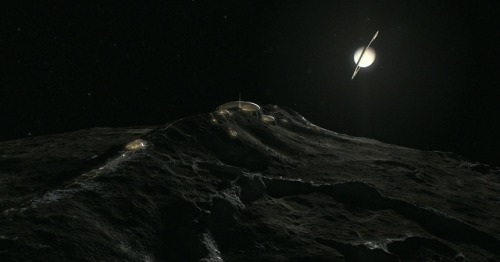
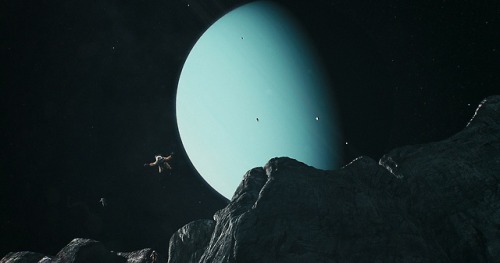
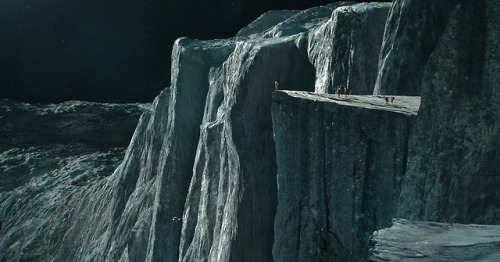

Will we one day explore the worlds of our solar system? How long will this take?
We have a diversity of worlds in our solar system. Majestic places…
Imagine being able to visit Mars and its hostile climate. Imagine being able to visit the moons of Jupiter, observe Io: the volcanic moon, Europa, the frozen moon and Ganymede a moon larger than Mercury itself and that has its own magnetic field. Imagine visiting the moons of Saturn and maybe passing close to your rings… Imagine orbiting or floating through Titan’s atmosphere and closely watching its lakes and seas of methane and liquid ethane. Imagine getting to know the geysers of Enceladus, the valleys of Tethys, and the craters of Mimas… Imagine being able to see the moons of Uranus and have a view of Verona Rupes, the largest cliff of the solar system, located in Miranda. Imagine being able to be in Triton and to be able to observe the cold and azualdo Neptune in the sky…
Découvrez le Tweet de @Sciences_Avenir : https://twitter.com/Sciences_Avenir/status/1095014930464624641?s=09
https://twitter.com/Sciences_Avenir/status/941251673548345344?s=09
Découvrez le Tweet de @Sciences_Avenir :

Stellar Spike within the Eagle Nebula
js
Découvrez le Tweet de @Sciences_Avenir : https://twitter.com/Sciences_Avenir/status/1081329457498071041?s=09

L'espérance de vie d'un Chinois dépasse celle d'un Américain
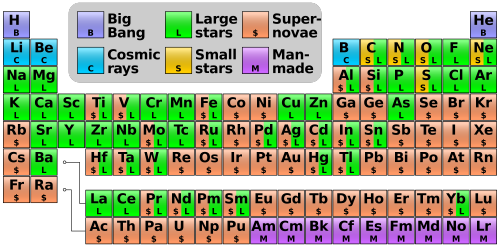
Where Your Elements Came From
The hydrogen in your body, present in every molecule of water, came from the Big Bang. There are no other appreciable sources of hydrogen in the universe. The carbon in your body was made by nuclear fusion in the interior of stars, as was the oxygen. Much of the iron in your body was made during supernovas of stars that occurred long ago and far away. The gold in your jewelry was likely made from neutron stars during collisions that may have been visible as short-duration gamma-ray bursts. Elements like phosphorus and copper are present in our bodies in only small amounts but are essential to the functioning of all known life. The featured periodic table is color coded to indicate humanity’s best guess as to the nuclear origin of all known elements. The sites of nuclear creation of some elements, such as copper, are not really well known and are continuing topics of observational and computational research.
Image Credit: Cmglee (Own work) CC BY-SA 3.0 or GFDL, via Wikimedia Commons
-
 annauef3o liked this · 6 months ago
annauef3o liked this · 6 months ago -
 stardusted-owl reblogged this · 2 years ago
stardusted-owl reblogged this · 2 years ago -
 clockworkfairy reblogged this · 2 years ago
clockworkfairy reblogged this · 2 years ago -
 alla-nazimova reblogged this · 2 years ago
alla-nazimova reblogged this · 2 years ago -
 bigpsychicbagelauthor liked this · 2 years ago
bigpsychicbagelauthor liked this · 2 years ago -
 swineroses reblogged this · 2 years ago
swineroses reblogged this · 2 years ago -
 xaliyah58x liked this · 2 years ago
xaliyah58x liked this · 2 years ago -
 the-beauty-and-the-rage reblogged this · 2 years ago
the-beauty-and-the-rage reblogged this · 2 years ago -
 the-beauty-and-the-rage liked this · 2 years ago
the-beauty-and-the-rage liked this · 2 years ago -
 adriennegabriella reblogged this · 2 years ago
adriennegabriella reblogged this · 2 years ago -
 adriennegabriella liked this · 2 years ago
adriennegabriella liked this · 2 years ago -
 highemperorcuco reblogged this · 2 years ago
highemperorcuco reblogged this · 2 years ago -
 resident-punkas reblogged this · 2 years ago
resident-punkas reblogged this · 2 years ago -
 sfh-amf liked this · 2 years ago
sfh-amf liked this · 2 years ago -
 daedradevotee liked this · 2 years ago
daedradevotee liked this · 2 years ago -
 swineroses liked this · 2 years ago
swineroses liked this · 2 years ago -
 tewz reblogged this · 2 years ago
tewz reblogged this · 2 years ago -
 heartofstarlight reblogged this · 3 years ago
heartofstarlight reblogged this · 3 years ago